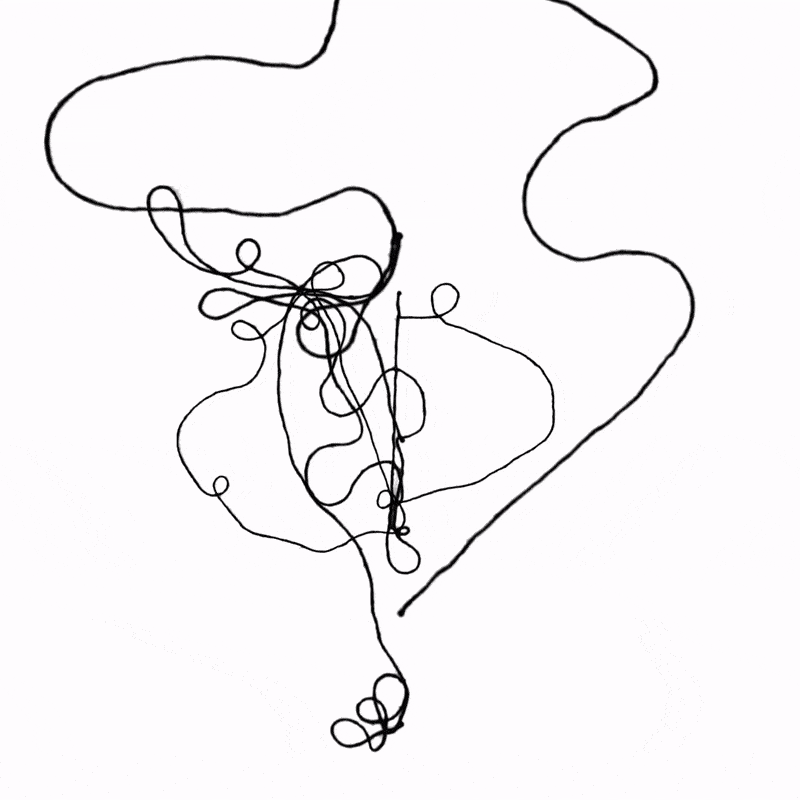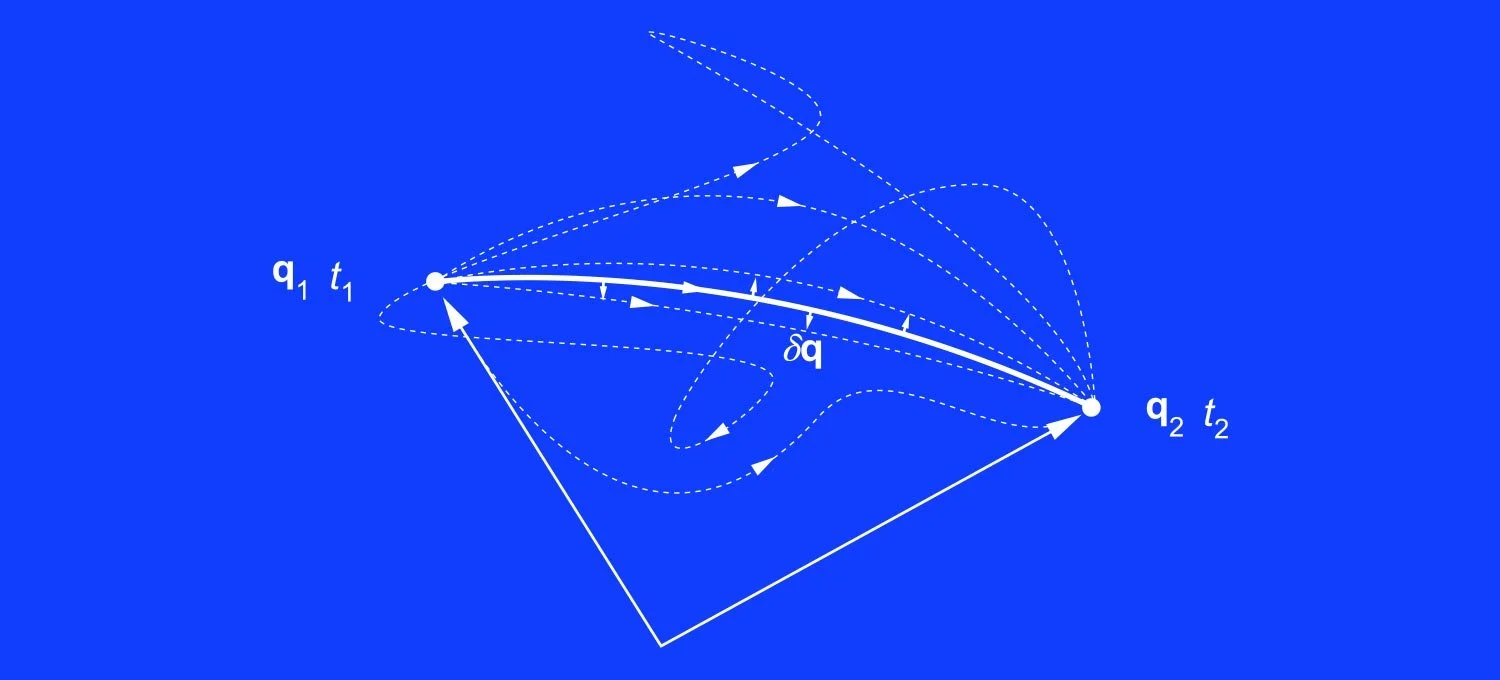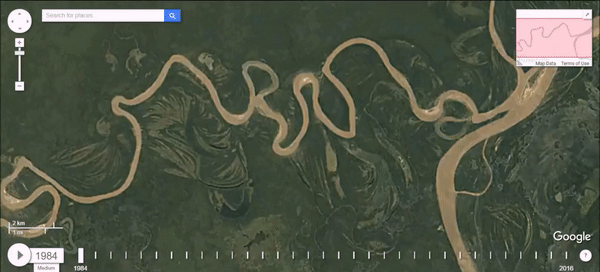Evolvement
Evolvement depicts a fundamental law of physics called the principle of least action which evolves physical systems in such ways that, a given amount of energy can be distributed in the most efficient ways. Over time, these processes eliminate all trivial variables and reach their simplest forms which can be observed throughout space. Subatomic attractions to chemical and biological systems, meandering rivers to continental movements, planetary systems to galaxy clusters.
This fundamental law shapes nature towards its most elegant form, which inspires this work.
Sound composed by Anil Duran
The principle of least action – or, more accurately, the principle of stationary action – is a variational principle that, when applied to the action of a mechanical system, can be used to obtain the equations of motion for that system. It was historically called "least" because its solution requires finding the path of motion in space that has the least value.
The principle can be used to derive Newtonian, Lagrangian, and Hamiltonian equations of motion, and even general relativity (see Einstein–Hilbert action). In relativity, a different action must be minimized or maximized.


